(opens in a new window)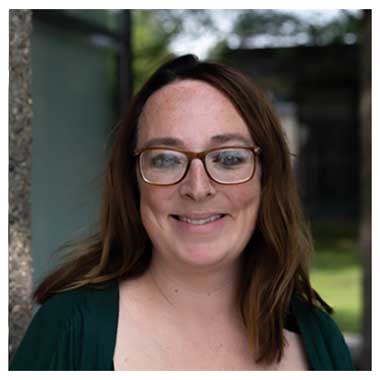 Dr Ellen Rowley
Dr Ellen Rowley
Ellen Rowley is an architectural and cultural historian based in the School of Architecture, APEP, UCD. She is a writer and teacher, currently curating Belfield 50, a celebration of UCD’s 1960s and 1970s campus. Ellen mostly writes about twentieth-century Irish architecture, as a type of social history. Her books include 'Housing, Architecture + the Edge Condition' (2019) and 'More Than Concrete Blocks' (edited, 2016 + 2019), as well as (as co-editor) 'Architecture 1600–2000, Art + Architecture of Ireland, Volume IV' (2014). This history is pioneering and so, she admits, there are mistakes. In 2017, Ellen was awarded Honorary Membership of the Royal Institute of Architects of Ireland, for services to Irish architecture.
You can find the Davis Now lecture series here:
UCD Davis Now Lectures
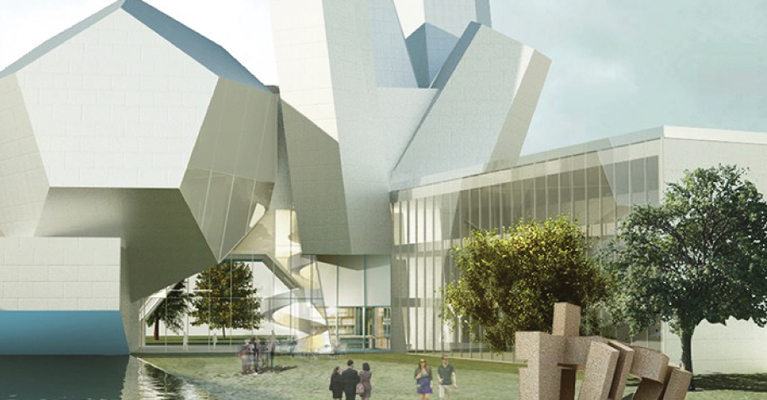

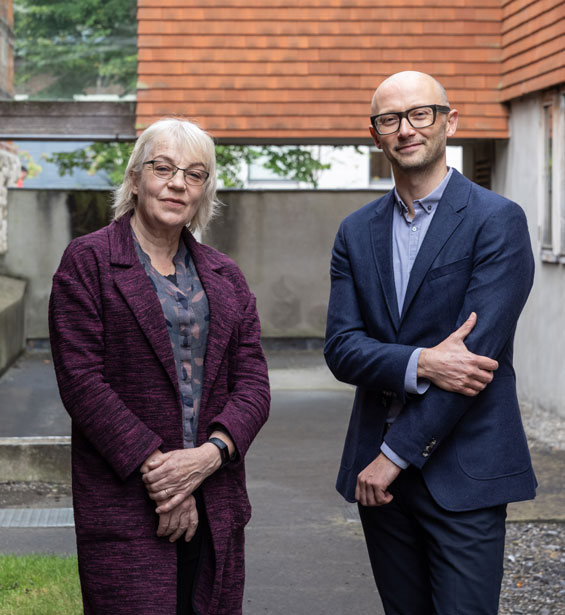
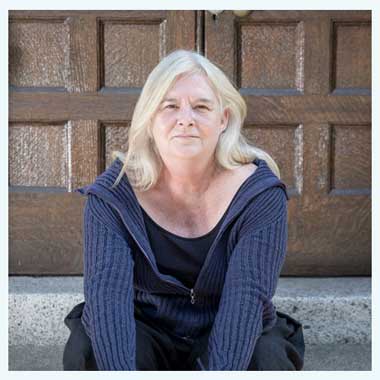 Dr. Elizabeth Shotton
Dr. Elizabeth Shotton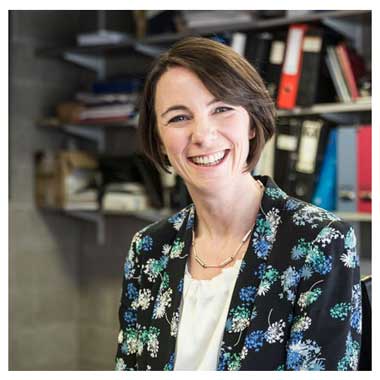 Professor Madeleine Lowery
Professor Madeleine Lowery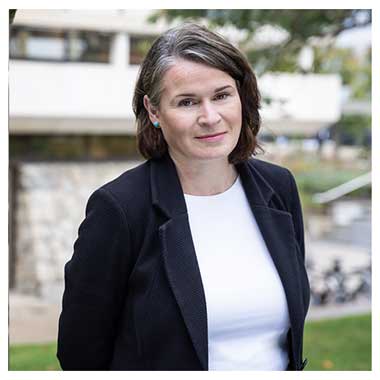 Professor Paula Bourke
Professor Paula Bourke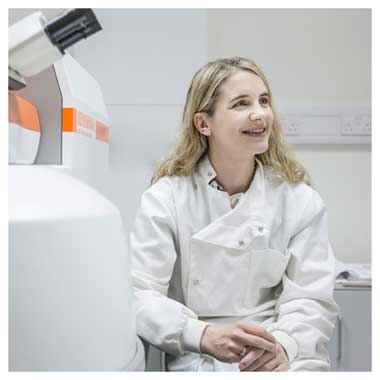 Professor Aoife Gowen
Professor Aoife Gowen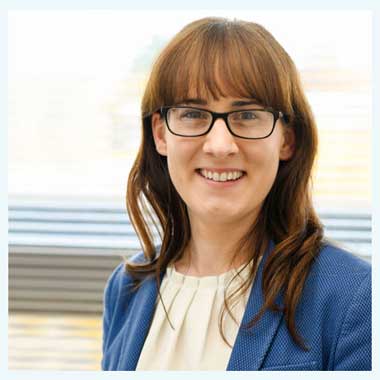 Dr. Fionnuala Murphy
Dr. Fionnuala Murphy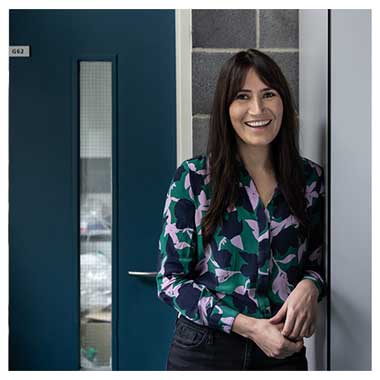 Dr Sarah Cotterill
Dr Sarah Cotterill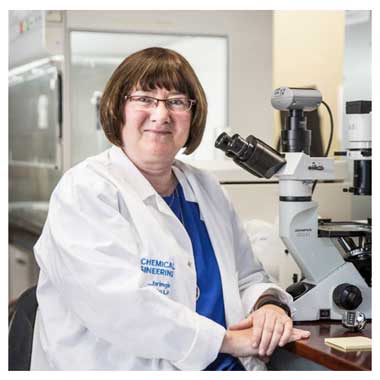 Dr. Susan McDonnell
Dr. Susan McDonnell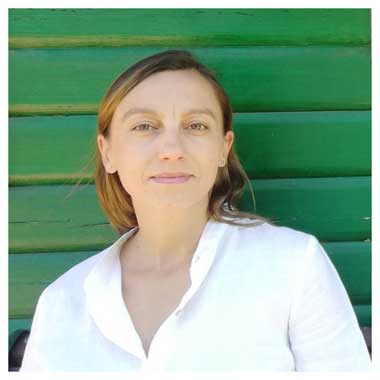 Dr. Liana Ricci
Dr. Liana Ricci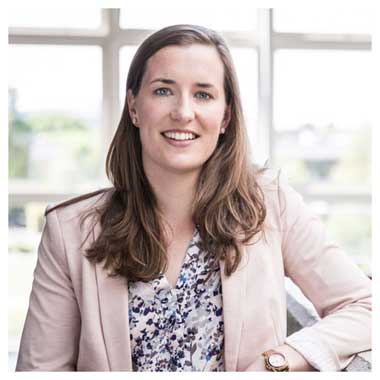 Dr. Aisling Ní Annaidh
Dr. Aisling Ní Annaidh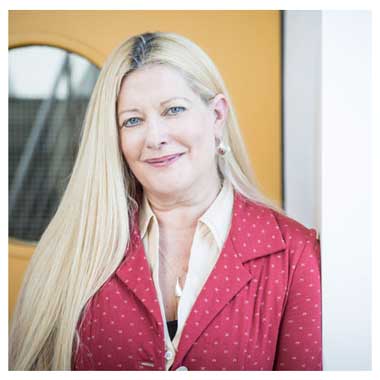 Professor Lizbeth Goodman
Professor Lizbeth Goodman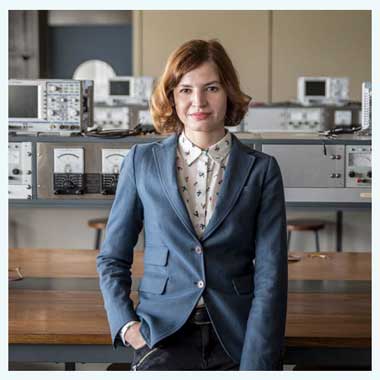 Dr. Elena Blokhina
Dr. Elena Blokhina